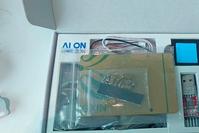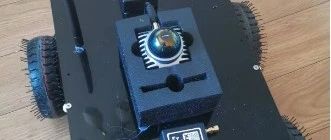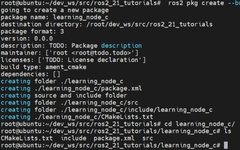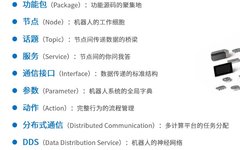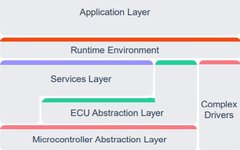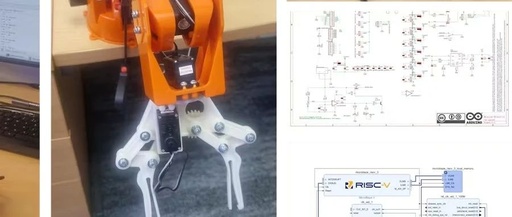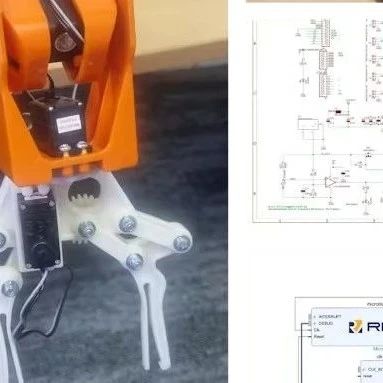OriginBot: My Journey with the Open Source Smart Car Kit
Introduction OriginBot is the first open-source smart car kit produced by Guyueju. At that time, I was an intern in the robot development team at Guyueju, and at the invitation of Teacher Guyue, I participated in the early OriginBot project group, responsible for developing content related to visual perception and planning control, as well as … Read more
